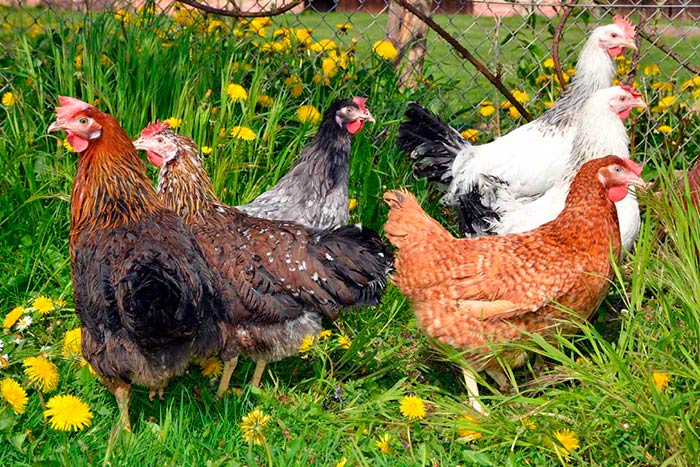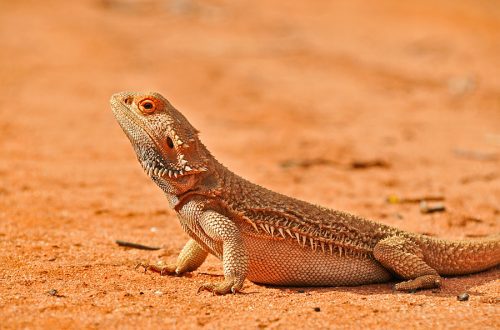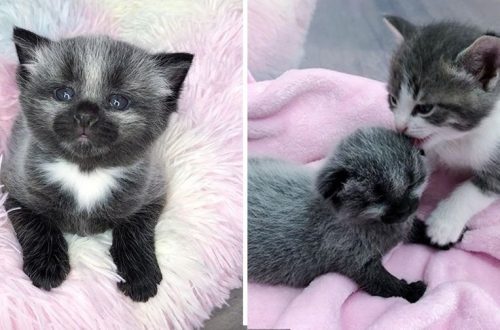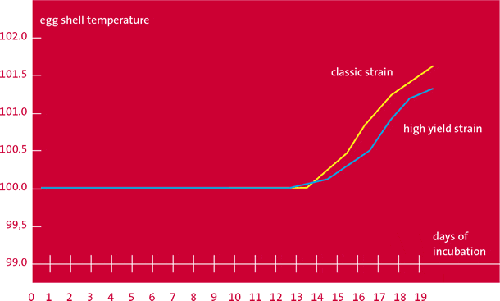
Chickens of the rhodonite breed: conditions of detention, care and feeding
From 2002 to 2008, Sverdlovsk breeders crossed the German Loman Brown chicken breed and the Rhode Island rooster breed. Their goal was to create a breed that is resistant to the harsh Russian climate. The result of the experiments is cross-Rhodonite chickens. Cross – these are breeds of increased productivity, which were obtained by crossing different breeds. Cross-Rhodonite chickens at this time are the most common. Approximately 50 percent of the eggs on the market are from Rhodonite laying hens.
Contents
Hens – laying hens breed Rhodonite
Basically, Rhodonite chickens are bred because of their egg production. Rhodonite is an egg breed of chickens, they hatch eggs poorly, because they have almost no instinct for hens. Rhodonite chickens retain their egg production even in harsh climatic conditions. You can even breed such a breed outside of heated barns. Laying hens will lay eggs even in these conditions.
But we must not forget that initially this breed was created for breeding in poultry farms. They are mainly bred in incubators. But they excellent laying hens. From about 4 months of age, they begin to lay eggs. Moreover, they do not require special care, as they are adapted to harsh climatic conditions. The only thing that is required of you is to provide cleanliness and normal nutrition. Poor nutrition negatively affects both the quantity and quality of eggs. And the eggs of laying hens Rhodonite are the most in demand.
On average, one laying hen per year carries up to 300 eggs, which indicates their high productivity. Eggs weigh approximately 60 grams and have a brown tint, which are very much in demand by customers. Laying hens up to about 80 weeks of age are the most productive.
Also, the main advantage of the breed is that already on the second day you can determine half a chicken. The hens have a brown tint, but the head and back are light in color. Males have a yellow, light tone, but have a brown mark on their heads.
Breed description
The weight of laying hens is approximately 2 kg, and the weight of a rooster is about three. Outwardly, they are very reminiscent of the Rhode Island and Lohman Brown breeds. Chickens of the Rhodonite breed are quite cute. Have brown plumage color, medium head size, yellow bill with brown stripe and red erect crest.
Birds of the Rhodonite breed, although they were bred for factory breeding, are also an excellent solution for home gardening. They are great for beginners who have just started raising chickens, as do not require special care. But what do we need to know about the care and maintenance of laying hens, we will consider below.
Cross-Rhodonite Chicken Care
For keeping cross-Rhodonite chickens, no specially equipped places are required. The poultry house can be built from any material, be it from concrete, timber or frame. The only thing is that it should be well lit (up to 14 hours a day) and ventilated.
As with all breeds, for a place where laying hens of the Rhodonite breed are kept, ventilation hood. To create a hood, it is enough to make a hole in the chicken coop and tighten it tightly with a net so that rodents do not make their way. If there is a window, then its installation is the most effective solution.
Sometimes laying hens can lay their eggs wherever they want. Can we get them to run where they’re supposed to? To do this, you can put “fake eggs” on the nests. Such “liners” can be made of gypsum, alabaster or paraffin. You can also use the eggs themselves. To do this, you must first carefully make a hole on the shell and get rid of the internal mass and fill the shell with paraffin.
Conditions for keeping chickens of the Rhodonite breed
- Up to 10 chickens can be kept per 20 square meters.
- The height of the cage is from 1m 70 cm to 1m 80 cm.
- Rhodonite is resistant to temperature fluctuations from -2 to +28 degrees Celsius.
- There should be no drafts in the place where Rhodonite breed chickens are kept.
Feeders should be organized at ground level. The presence of a height at the feeders will eliminate the spillage of feed. Drinking bowls must be installed at a height with the growth of the chickens themselves, so that it is convenient for them to drink.
Perches should be set at a level of 1 m. For laying eggs, you can put separate boxes covered with straw.
Feeding chickens Rhodonite
In order for chickens to lay regularly, it is necessary to provide them with feeding as best as possible. After all, poor feeding can adversely affect the number of eggs. Basic diet chickens Rhodonite includes fresh (dried in winter) vegetables and herbs, grain, chalk, eggshells, various combined feeds, etc.
Calcium is known to form the basis of the diet. The presence of calcium in their diet has a positive effect on egg quality. What does calcium contain?
- Chalk (crushed).
- Shells (crushed).
- Lime.
Prevention of diseases in the Rhodonite breed
To prevent skin parasites that are susceptible to all chickens, you can put separate boxes with ash or earth in the chicken coop. Bathing on them prevents the appearance of various parasites on the skin.
Should also be every 2-3 weeks disinfect the chicken coop solution of lime and water. 2 kg of lime is dissolved in a bucket of water and applied to the walls, floor and chicken coop boxes. Lime can also be replaced with ash.





